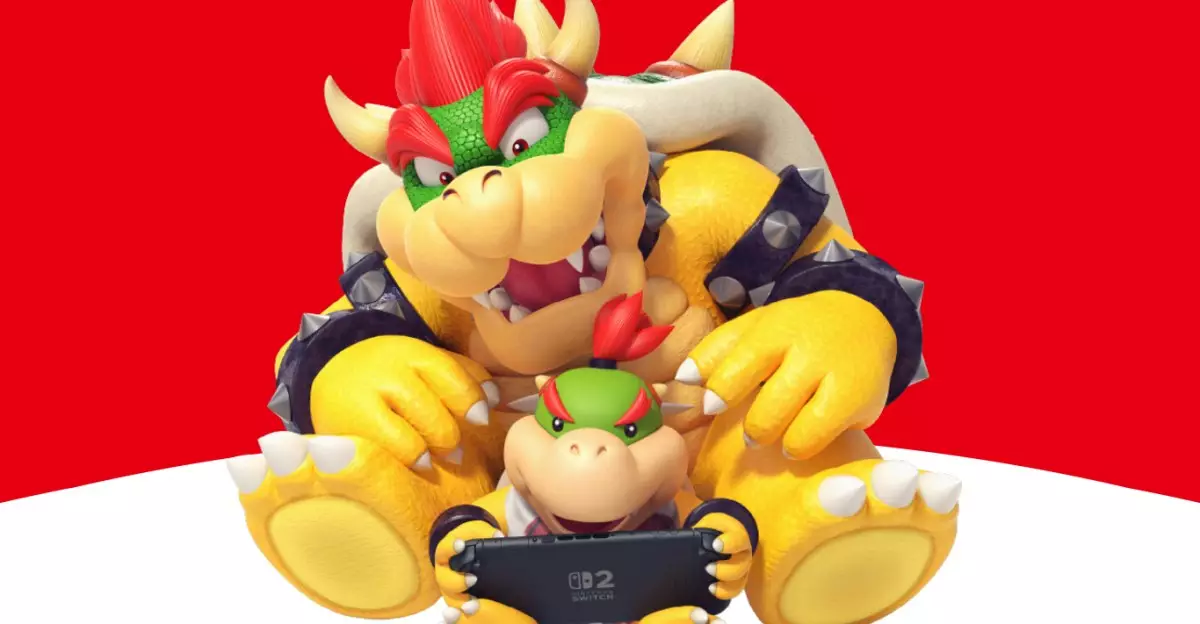In the digital age, video games have transcended mere entertainment; they have morphed into social platforms, especially among younger audiences. As the gaming industry evolves, so too must the frameworks and systems that protect our children from its potential pitfalls. Nintendo’s recent updates to their Parental Controls app, especially around the GameChat feature, signify a groundbreaking shift in how gaming companies prioritize child safety and parental oversight. This move should not only be commended but also viewed as a necessary evolution that empowers parents in an increasingly complex digital landscape.
Technological Safeguards for Children’s Gaming
Nintendo’s strategic enhancements to the Parental Controls app reflect a proactive approach toward managing gaming experiences for children under 16. By requiring parental approval every time a player initiates a GameChat video chat, the platform creates a controlled environment that fosters safer interactions. This transparent method of engagement illustrates a commitment to controlling online exposure, which is pivotal in shielding young users from potential risks, such as inappropriate content and interactions with unintended contacts.
Additionally, the introduction of customizable notes for each child’s friends offers a practical tool for parents. This feature not only serves as a reminder but also as a critical method for tracking social interactions within the gaming context. Being informed about whom their children are communicating with allows parents to take a more active role in their children’s online lives, effectively bridging the gap between parenting and technology.
The Need for Strict Regulations
Nintendo’s stringent regulations around using video chat capabilities are commendable. By requiring a parental green light before any video interaction, the company ensures that families maintain control over video-sharing practices. This is not merely about limiting exposure to potential dangers; it demonstrates respect for family dynamics and the values each household deems essential.
Furthermore, the detailed tracking history of who children engage with during GameChat sessions can serve as an invaluable resource for parents. Such records not only keep parents informed but also empower them to make proactive decisions regarding their children’s gaming habits. This level of transparency can alleviate concerns parents naturally have about their children navigating the vast and often unpredictable landscape of online interactions.
A Call to Action for Gaming Companies
Nintendo’s developments serve as an inspiring benchmark for other gaming companies to emulate. As online gaming continues to rise in popularity, the industry must rally around a responsibility to prioritize enhancements in child safety. The conversation about creating child-friendly gaming environments extends beyond simple parental controls; it requires a holistic approach that includes education, awareness, and technological innovation.
Ultimately, by making strides like these, Nintendo is not just protecting children; they are fostering a more responsible and engaged gaming community. Other companies must take this as a clarion call to evolve their safety measures. Families deserve tools that not only safeguard their youth but also facilitate a nurturing and enriching gaming experience. By stepping up and prioritizing child safety, the gaming industry can become a catalyst for positive growth, ensuring that the joys of gaming are accessible and secure for everyone.


Leave a Reply